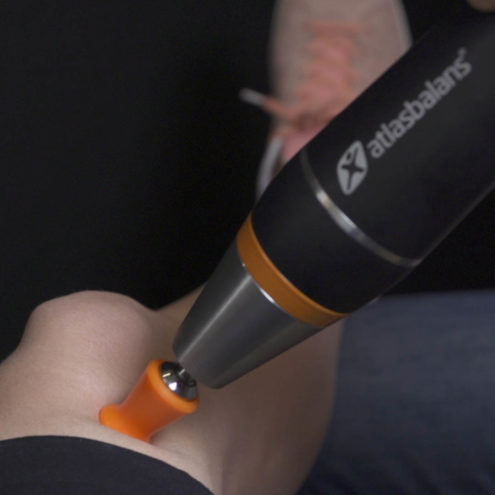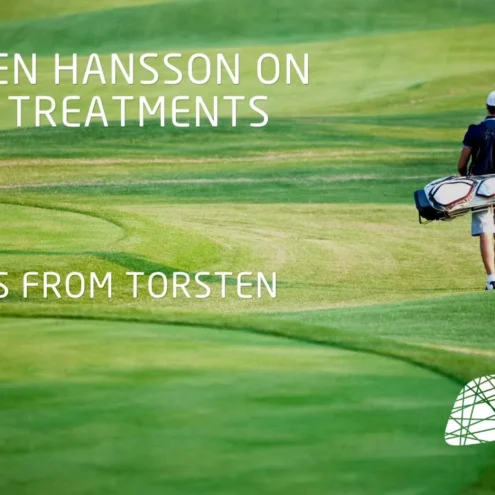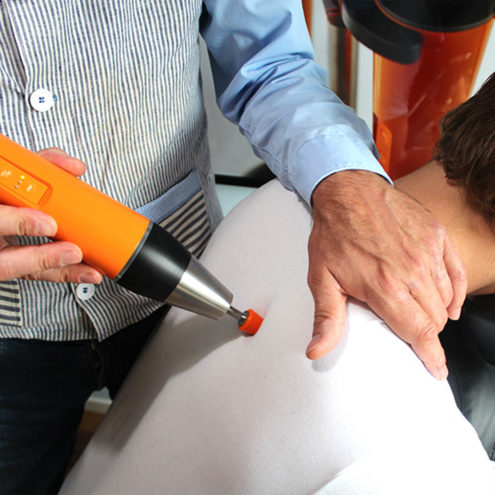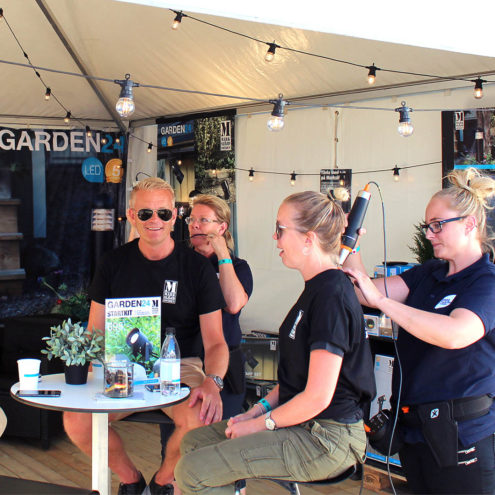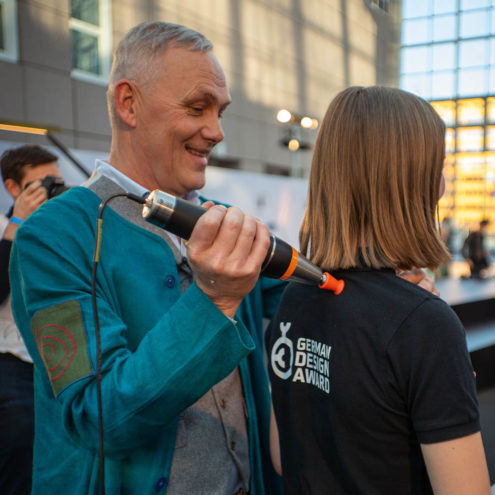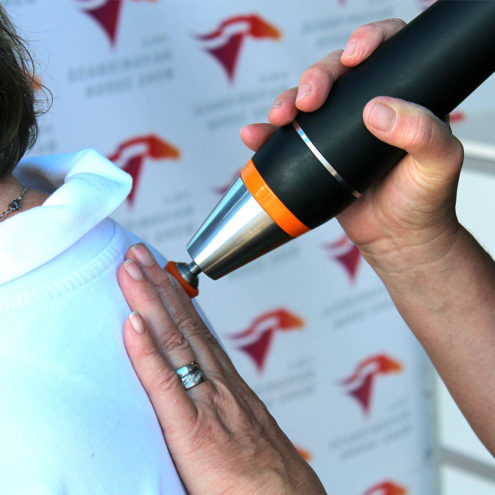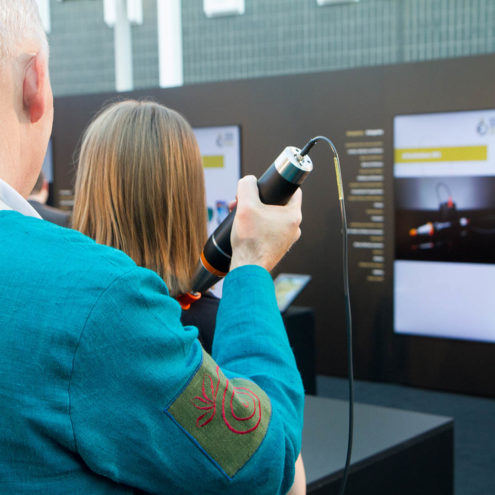ACL Injury: Symptoms and Treatment

What is an ACL injury?
Description of ACL (Anterior Cruciate Ligament) and Its Role in Stabilization of the Knee Joint
ACL, Ligamentum cruciatum anterior, The ACL, or anterior cruciate ligament as it is commonly known, is one of the four ligaments in the knee. The ACL is positioned diagonally through the middle of the knee joint and attaches the femur (thigh bone) to the tibia (shin bone). The ACL plays a crucial role in stabilizing the knee by preventing the tibia from sliding forward in relation to the femur. In addition, it controls the rotation of the knee joint. An intact and functioning ACL is therefore very important for the stability of the knee joint, especially during activities involving sudden changes of direction, jumps and landings.
Common causes of ACL injuries, such as sports injuries, accidents or sudden twisting of the knee
ACL injuries often occur during sports activities that involve high impact on the knees. Common causes include:
Sudden stops or changes of direction: This is common in ball sports such as football, basketball and handball.
Accidents: Accidents, such as sudden falls can cause serious damage to the knee joint so that the anterior cruciate ligament is also affected.
Wrong landing after a jump: A bad landing can cause excessive strain on the knee joint, damaging the ACL.
Direct blow to the knee: Can occur in contact sports such as rugby or American football.
Symptoms of ACL injury
Sudden pain and swelling in the knee at the time of injury
In the case of an ACL injury, it is common to experience a sudden, sharp pain in the knee joint. The pain can be very intense. Within a few hours of the injury, the knee may start to swell due to bleeding in the joint. The swelling may make it difficult to move the knee joint and put weight on the leg.
Feeling of instability or ‘give-way’ in the knee under load
One of the most distinctive symptoms of an ACL injury is the feeling of instability in the knee. The sufferer may find that the knee joint ‘gives way’ or feels unstable, especially when trying to support the leg or perform activities such as walking or running. This instability is due to the ACL no longer being able to stabilize the knee joint effectively.
Any audible snapping or twisting sensation in the knee
Many people who suffer an ACL injury report hearing or feeling a pop in their knee at the time of injury. This may be a sign that the ligament has been torn. This snapping sensation, along with a sudden rotational pain, is often a clear indication of an ACL injury.
Treatment of ACL injury
Conservative treatment with rest, ice, compression and elevation (RICE) for acute injuries
For immediate treatment of an ACL injury, the RICE method is often recommended:
Rest: Avoid activities that put strain on the knee to prevent further injury.
Ice: Apply ice to the injured area to reduce swelling and pain.
Compression: Use an elastic bandage to reduce swelling.
Elevation: Keep the leg elevated, preferably above the level of the heart, to reduce swelling.
Rehabilitation program with physiotherapy to strengthen the muscles around the knee and restore stability
After the initial acute phase, rehabilitation is important to restore the function and stability of the knee. A physiotherapy program may include:
Strength training: to strengthen the muscles around the knee, especially the quadriceps and hamstrings, which help stabilize the joint.
Mobility exercises: To restore full mobility to the knee.
Balance and coordination training: to improve stability and prevent future injuries.
Surgical reconstruction of the damaged ACL ligament in severe cases to restore function and stability to the knee
In severe cases, or when conservative treatments do not provide sufficient stability, surgery may be necessary. The most common surgery for ACL injury is a reconstruction, where the damaged ligament is replaced with a tendon from another part of the body or a donor. After surgery, a long rehabilitation period is required to ensure that the knee regains full function and stability.
How can we help you with your ACL injury?
At the FasciaClinics, we take a holistic approach to treating the body. Our team of therapists use fascia therapy, a highly effective wellness treatment. The fascia is the network of connective tissue that binds and permeates everything in our body. All cells, tissues (even bone tissue), muscles and organs contain fascia.
Fascia treatment focuses on releasing tension and adhesions in the fascia and increasing its flow. Reduced pressure and increased circulation allow cell membranes to more easily absorb nutrients and release waste products. Fascia treatment can thus promote the body’s own healing. The treatment provides a pleasant relaxation and does not hurt. It gets the whole body flowing and helps you balance your posture so that the body is evenly loaded.
During a visit, we analyze the whole body to see where compensations and imbalances are and how they have spread. If there is an imbalance in the body, there is a risk that it will spread and affect other structures such as muscles and joints. That’s why it’s very important to seek help quickly as soon as you notice any symptoms.
Fascia treatment for ACL injuries involves balancing the body to increase circulation and mobility in the knee joint. Increased circulation with more even loading can favor the healing of the ACL. A more even load will also reduce the wear and tear on the muscles and other structures of the legs, reducing the risk of further injury.
Remember to also follow your doctor’s advice and undertake physiotherapy to get back to your activity as soon as possible.
By combining traditional medical treatment with fascial therapy, we aim to optimize your recovery and minimize the risk of future injury. Visit our website for more information and book a consultation today!
 Search
Search



